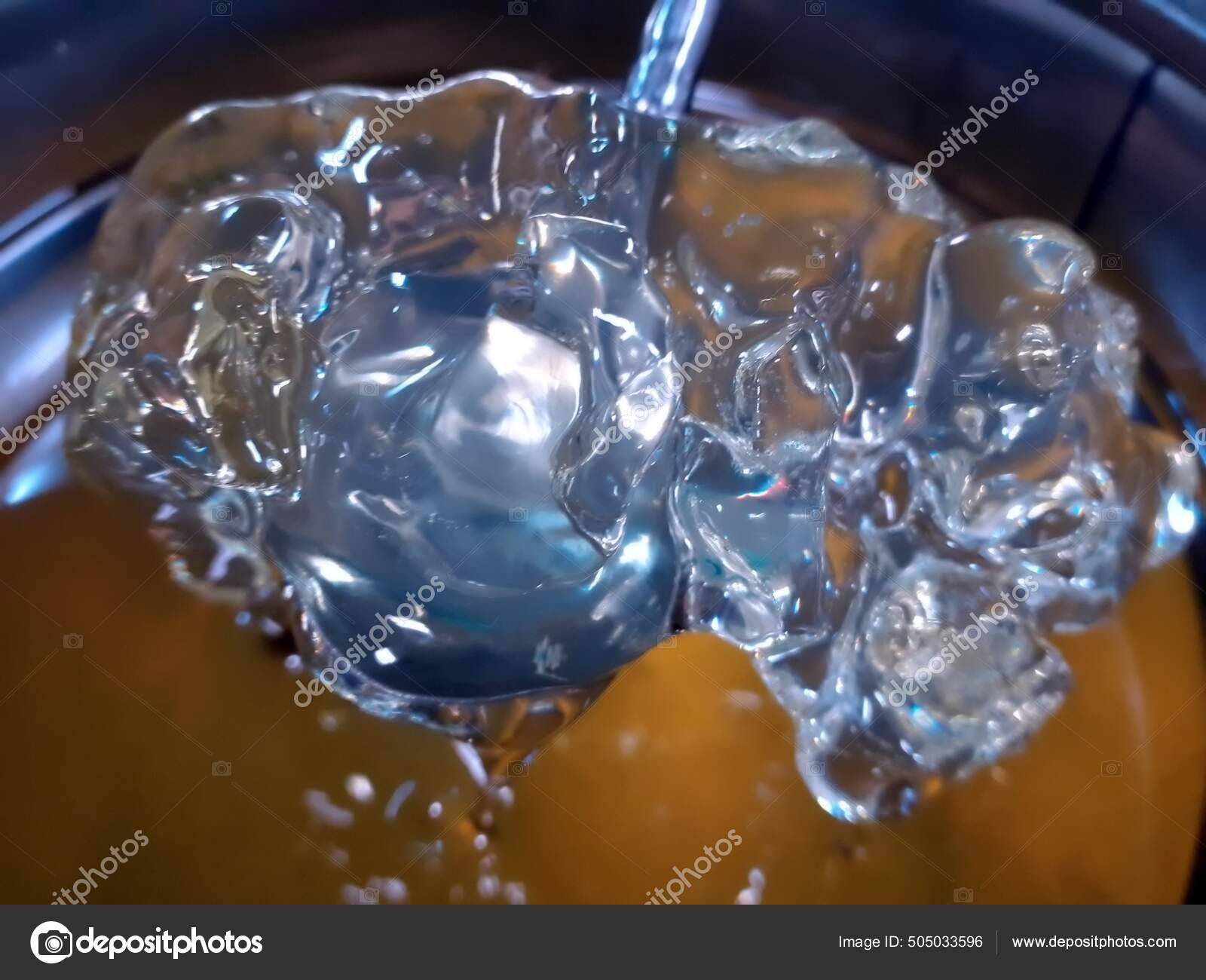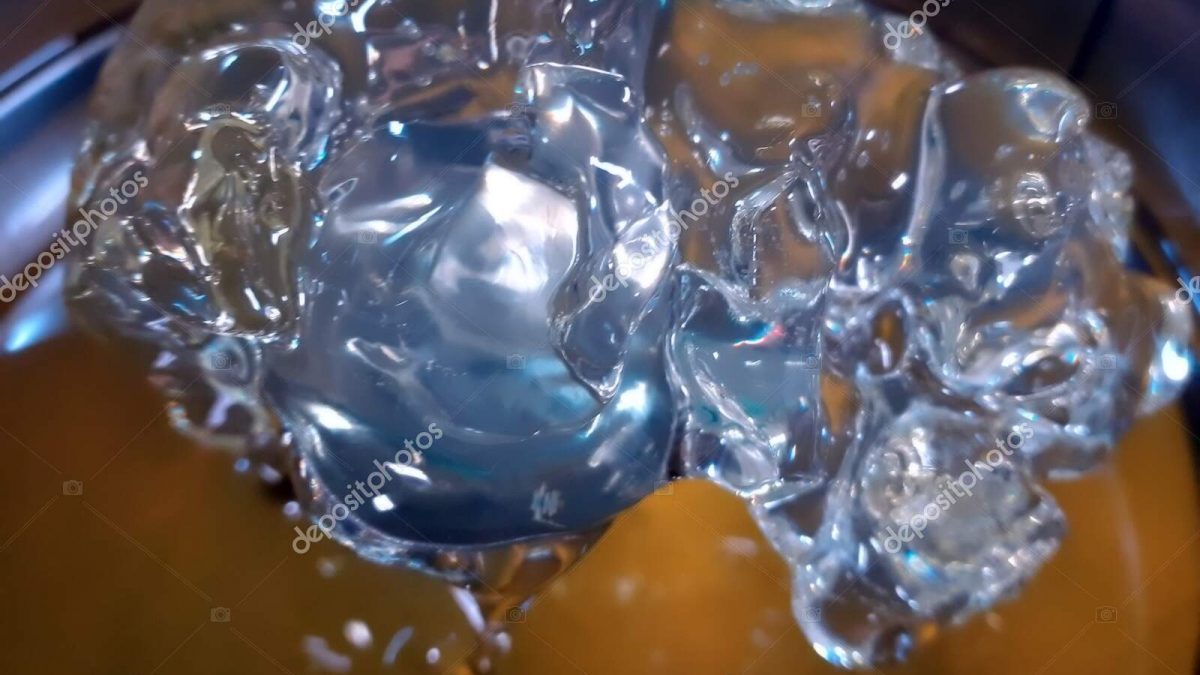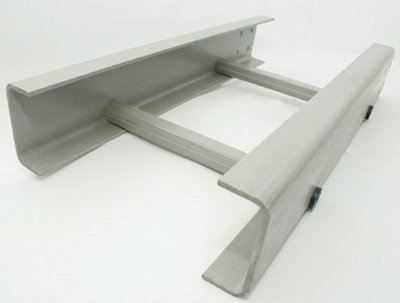
Advantages of Pultruded Composite Profiles
July 27, 2023
Cost-Effectiveness and Appealing Features in Composite Manufacturing
July 27, 2023
Unsaturated polyester resin is the go-to material for creating strong and durable pultruded composites. These composites are widely used in various industries due to their excellent mechanical properties.
The Strengths That Matter: Tensile Strength and Flexural Strength
Tensile strength and flexural strength are two crucial mechanical properties that determine the overall performance of unsaturated polyester resin-based composites. Tensile strength refers to the ability of a material to withstand pulling forces without breaking or deforming. On the other hand, flexural strength measures a material's resistance to bending or deformation when subjected to external loads.
In composite pultrusion applications, unsaturated polyester resin-based composites exhibit impressive tensile and flexural strengths. This makes them ideal for structural components that require high load-bearing capabilities. For example, in construction projects, such as bridges or beams, these composites can provide exceptional support while maintaining their integrity under heavy loads.
To further enhance these mechanical properties, reinforcing fibers are commonly incorporated into unsaturated polyester resin-based composites. Fiberglass is a popular choice due to its high tensile and flexural strengths. By combining fiberglass with unsaturated polyester resin through pultrusion processes, manufacturers can create composite materials that possess remarkable structural stability and durability.
Impact Resistance: Guarding Against External Forces
Apart from tensile and flexural strengths, impact resistance plays a vital role in determining how well unsaturated polyester resin-based composites can withstand sudden shock or collision forces. Industries such as automotive manufacturing rely on materials with excellent impact resistance to ensure passenger safety during accidents.
The incorporation of reinforcing fibers not only enhances tensile and flexural strengths but also significantly improves the impact resistance of these composites. When external forces are applied, the fibers distribute the load throughout the composite, preventing localized damage or fractures. This property is especially crucial in applications where impact or dynamic loads are prevalent, such as sporting equipment like hockey sticks or bicycle frames.
The Fiber Orientation Puzzle: Affecting Performance
Fiber orientation within unsaturated polyester resin-based composites plays a vital role in determining their mechanical performance. The direction in which the fibers align can greatly influence properties such as strength, stiffness, and even electrical conductivity.
In pultrusion processes, manufacturers have control over fiber orientation during composite fabrication. By strategically aligning fibers according to specific design requirements, they can optimize the mechanical properties of the final product. For instance, if high tensile strength is desired along a particular axis, fibers can be aligned parallel to that axis to maximize performance in that direction.
However, it's important to note that different fiber orientations may result in anisotropic behavior—where mechanical properties vary depending on the direction of force applied. Designers must carefully consider this aspect when selecting materials for applications where uniformity of performance is critical.
The Cure for Optimal Mechanical Properties
The curing process of unsaturated polyester resin-based composites is a crucial step that directly impacts their mechanical properties. Proper curing ensures that the resin fully reacts and hardens, resulting in a durable and reliable material.
During curing, heat or catalysts initiate cross-linking reactions within the resin matrix, transforming it from a liquid state into a solid polymer network. Insufficient curing can lead to reduced mechanical properties and compromised structural integrity.
Manufacturers employ various methods to achieve optimal curing conditions for unsaturated polyester resin-based composites. These may include controlling temperature and humidity levels during production or utilizing specialized curing agents tailored for specific application requirements.
By adhering to precise curing protocols, manufacturers can ensure consistent quality while maximizing the mechanical properties of the final product. This attention to detail is crucial in applications where reliability and performance are paramount, such as aerospace components or marine structures subjected to harsh environmental conditions.






